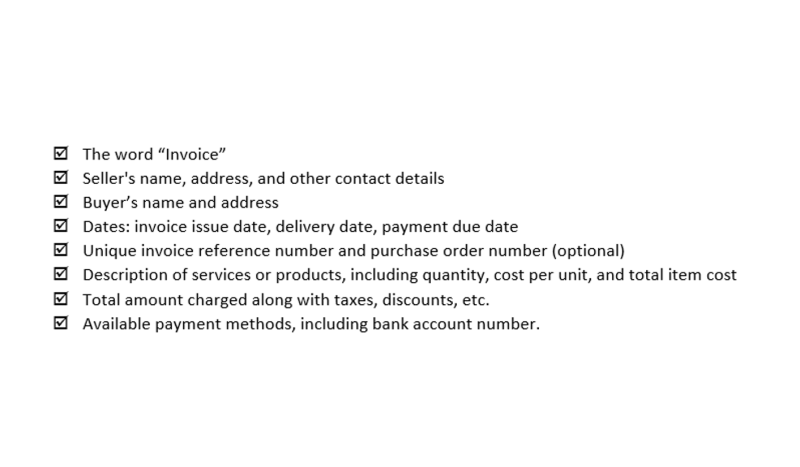
Many start-ups have a highcash burn rate due to spending to start the business, resulting inlow cash flow. At first, start-ups typically do not create enoughcash is unearned revenue a current liability flow to sustain operations. On December 31, 2021, the end of the accounting period, 1/3 of the rent received has already been earned (prorated over 3 months).
- No journal entry is required for this distinction, but some companies choose to show the transfer from a noncurrent liability to a current liability.
- Unearned revenue is money received or paid to a company for a product or service that has yet to be delivered or provided.
- A note payable is usually classified as a long-term (noncurrent)liability if the note period is longer than one year or thestandard operating period of the company.
- Unearned revenue is a liability and is treated in a very unique way.
In such cases, the unearned revenue will appear as a long-term liability on the balance sheet. When a company receives payment for products or services that have not yet been delivered, it records an entry of unearned revenue. To do this, the company debits the cash account and credits the unearned revenue account. This action increases the cash account and creates a liability in the unearned revenue account. As the product or service is fulfilled, the unearned revenue account is decreased, and the revenue account is increased. Unearned revenue should be entered into your journal as a credit to the unearned revenue account and as a debit to the cash account.
What is Unearned Revenue?
Contents
Once the business actually provides the goods or services, an adjusting entry is made. The unearned revenue account will be debited and the service revenues account will be credited the same amount, according to Accounting Coach. A deferred revenue schedule is based on the contract between customer and provider. The contract will dictate when payments are due and when deliverables are to be met. In your accounting, you will schedule unearned revenue adjusting entries to match these dates. Scheduling these entries will organize and automate deferred revenue recognition.
In this guide we will go through the details of what unearned revenue means in financial accounting and why it’s always a liability account. By keeping these industry-specific considerations in mind, businesses can better understand the dynamics of unearned revenue and its impact on financial reporting. In this section, we will explore certain industry-specific considerations for unearned revenue, diving deeper into service and subscription models as well as publishing and prepaid services.
Everything You Need To Build Your Accounting Skills
A client purchases a package of 20 person training sessions for $2000, or $100 per session. The personal trainers enters $2000 as a debit to cash and $2000 as a credit to unearned revenue. Current assets are receivables that a company will get within a year. Generally, they are transactional where money is exchanged for a service/good in real-time. The treatment of current liabilities for each company can vary based on the sector or industry.
In conclusion, the proper accounting treatment of unearned revenue is necessary for accurate representation of a company’s financial health. For example, a bakery company may need to take out a $100,000loan to continue business operations. Terms of the loan require equal annualprincipal repayments of $10,000 for the next ten years. Even though theoverall $100,000 note payable is considered long term, the $10,000required repayment during the company’s operating cycle isconsidered current (short term).
Proper Current Liabilities Reporting and Calculating Burn Rate
An open credit line is a borrowing agreement for an amount of money, supplies, or inventory. The option to borrow from the lender can be exercised at any time within the agreed time period. Unearned revenue is only recorded when a seller follows accrual accounting. In cash accounting, the seller will only record an advance payment for an order rather than recording two entries in the journal. By making this journal entry, the company recognizes $6,000 of the prepayment as earned revenue and decreases the unearned revenue account by the same amount. The revenue recognition principle dictates that revenue should be recognized when it is earned, regardless of when payment is received.
Let’s Take a Swipe at Match With Elliott on the Prowl – TheStreet
Let’s Take a Swipe at Match With Elliott on the Prowl.
Posted: Tue, 09 Jan 2024 08:00:00 GMT [source]
